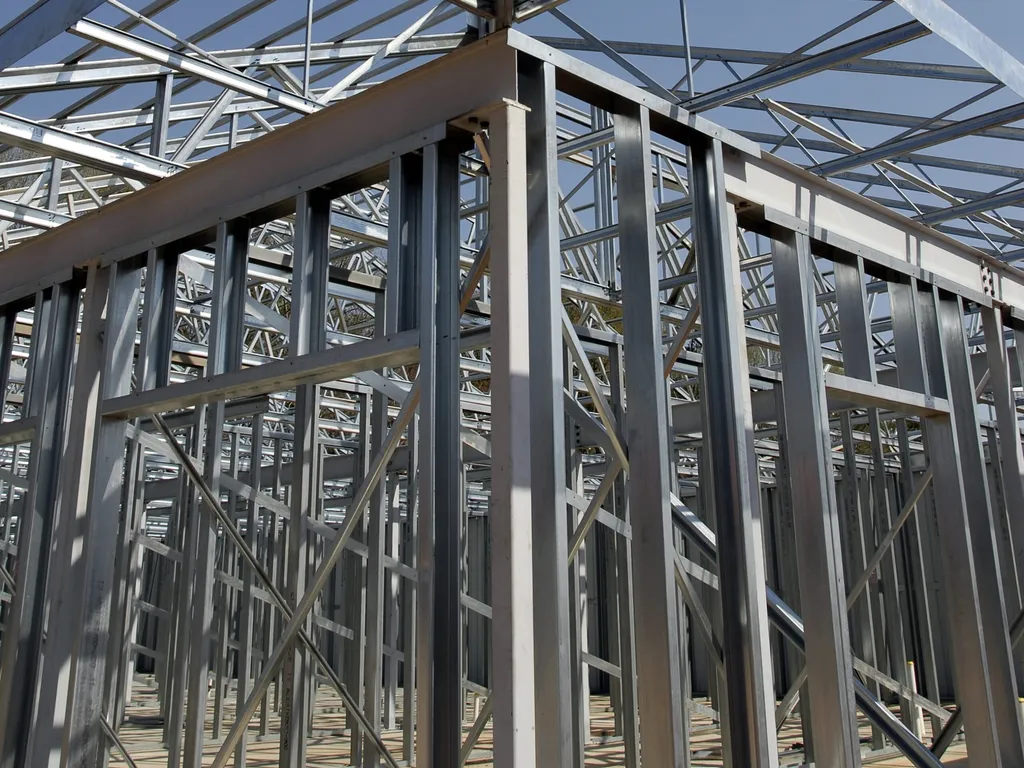In the heart of Kabul, a city where the ground trembles with unpredictable frequency, a critical question looms over the construction industry: what’s the best way to build safe, sustainable, and cost-effective residential buildings? A recent study published in *Analecta* (meaning “collections” or “selections” in Latin), led by Hedayat Ullah Safi from the Polytechnical University of Kabul, offers some compelling answers.
Safi and his team have conducted a comprehensive seismic and cost analysis comparing two prevalent construction methods: Reinforced Cement Concrete (RCC) and steel frame structures. Using advanced 3D ETABS modeling, they’ve shed light on the performance of these structural systems under Kabul’s seismic conditions.
The findings are striking. Steel frame buildings, owing to their lighter weight, increased ductility, and uniformly distributed stiffness, exhibit superior seismic performance. “Steel buildings are more flexible and can absorb and dissipate seismic energy more effectively than RCC structures,” Safi explains. This enhanced performance could significantly improve the safety of residential buildings in seismic-prone areas like Kabul.
But the benefits don’t stop at safety. The study also reveals a substantial cost advantage for steel frames. Safi’s research reports up to 41.28% greater cost-effectiveness over RCC, a finding that could reshape the construction industry’s approach to residential building in the region.
The commercial implications are profound. As cities like Kabul grapple with rapid urbanization and seismic vulnerability, the choice of building materials and construction methods becomes crucial. Steel frame structures, with their enhanced safety and cost-effectiveness, could become the preferred choice for developers and policymakers alike.
Moreover, the study’s findings could influence the global construction industry, particularly in seismic-prone areas. As Safi notes, “This research provides evidence-based facts to guide appropriate choice of structural systems that enhance sustainable city development.” By adopting steel frame structures, cities can improve their resilience to seismic events, reduce construction costs, and promote sustainable urban development.
The study’s publication in *Analecta* marks a significant step forward in the field of construction technology. As the industry continues to evolve, research like Safi’s will play a pivotal role in shaping future developments, driving innovation, and promoting safer, more sustainable construction practices. The question now is, will the industry listen, and will it act?

